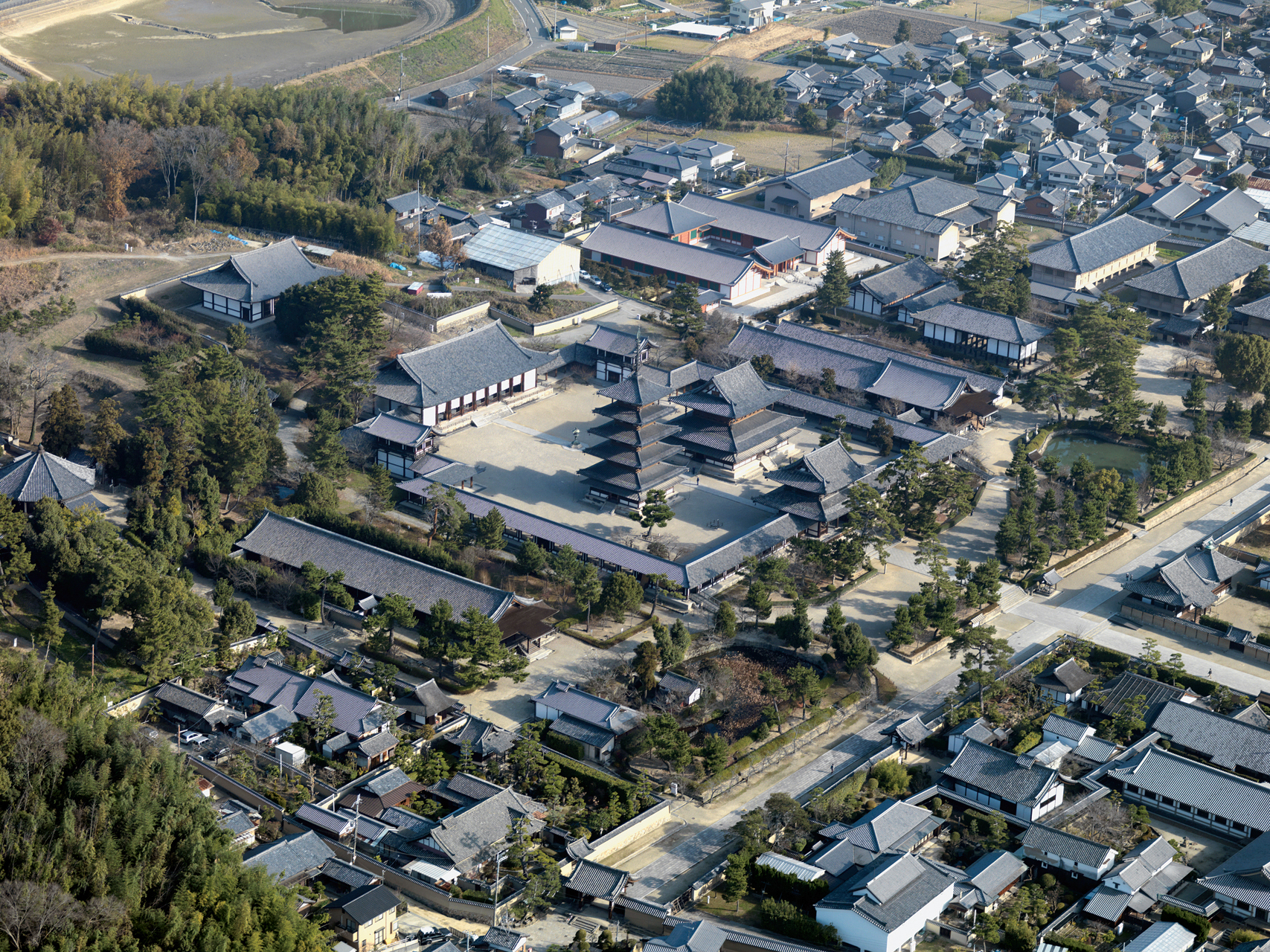A History of World Societies:
Printed Page 200
A History of World Societies Value
Edition: Printed Page 195
Japan
Japan does not touch China as do Korea, Tibet, and Vietnam. The heart of Japan is four mountainous islands off the coast of Korea (see Map 7.4). Since the land is rugged and lacking in navigable waterways, the Inland Sea, like the Aegean in Greece, was the easiest avenue of communication in early times. Hence the land bordering the Inland Sea — Kyushu, Shikoku, and Honshu — developed as the political and cultural center of early Japan. Geography also blessed Japan with a moat — the Korea Strait and the Sea of Japan. Consequently, the Japanese for long periods were free to develop their way of life without external interference.
Japan’s early development was closely tied to that of the mainland, especially to Korea. Physical anthropologists have discerned several major waves of immigrants into Japan. People of the Jōmon culture, established by about 10,000 B.C.E., after an influx of people from Southeast Asia, practiced hunting and fishing and fashioned clay pots. New arrivals from northeast Asia brought agriculture and a distinct culture called Yayoi (ca. 300 B.C.E. –300 C.E.). Later Yayoi communities were marked by complex social organization with rulers, soldiers, artisans, and priests. During the Han Dynasty, objects of Chinese and Korean manufacture found their way into Japan, an indication that people were traveling back and forth as well. In the third century C.E. Chinese histories begin to report on the land called Wa made up of mountainous islands. It had numerous communities with markets, granaries, tax collection, and class distinctions. The people ate with their fingers, used body paint, purified themselves by bathing after a funeral, and liked liquor.
One of the most distinctive features of early Japan was its female rulers. A Chinese historian wrote:
The country formerly had a man as ruler. For some seventy or eighty years after that there were disturbances and warfare. Thereupon the people agreed upon a woman for their ruler. Her name was Pimiko. She occupied herself with magic and sorcery, bewitching the people. Though mature in age, she remained unmarried. She had a younger brother who assisted her in ruling the country. After she became the ruler, there were few who saw her. She had one thousand women as attendants, but only one man. He served her food and drink and acted as a medium of communication. . . .
When Pimiko passed away, a great mound was raised, more than a hundred paces in diameter. Over a hundred male and female attendants followed her to the grave. Then a king was placed on the throne, but the people would not obey him. Assassination and murder followed; more than one thousand were thus slain.
A relative of Pimiko named Iyo, a girl of thirteen, was then made queen and order was restored.8
During the fourth through sixth centuries new waves of migrants from Korea brought the language that evolved into Japanese. They also brought sericulture (silkmaking), bronze swords, crossbows, iron plows, and the Chinese written language. In this period a social order similar to Korea’s emerged, dominated by a warrior aristocracy organized into clans. Clad in helmet and armor, these warriors wielded swords, battle-
The Yamato rulers used their religion to subordinate the gods of their rivals, much as Hammurabi had used Marduk in Babylonia (see “Empires in Mesopotamia” in Chapter 2). They established the chief shrine of the sun-
In the sixth century Prince Shōtoku (574–

Increased contact with the mainland had unwanted effects as well. In contrast to China and Korea, both part of the Eurasian landmass, Japan had been relatively isolated from many deadly diseases, so when diseases arrived with travelers, people did not have immunity. The great smallpox epidemic of 735–
The Buddhist monasteries that ringed Nara were both religious centers and wealthy landlords, and the monks were active in the political life of the capital. Copying the policy of the Tang Dynasty in China, the government ordered every province to establish a Buddhist temple with twenty monks and ten nuns to chant sutras and perform other ceremonies on behalf of the emperor and the state. When an emperor abdicated in 749 in favor of his daughter, he became a Buddhist monk, a practice many of his successors would later follow.
Many of the temples built during the Nara period still stand, the wood, clay, and bronze statues in them exceptionally well preserved. The largest of these temples was the Tōdaiji, with its huge bronze statue of the Buddha, which stood fifty-